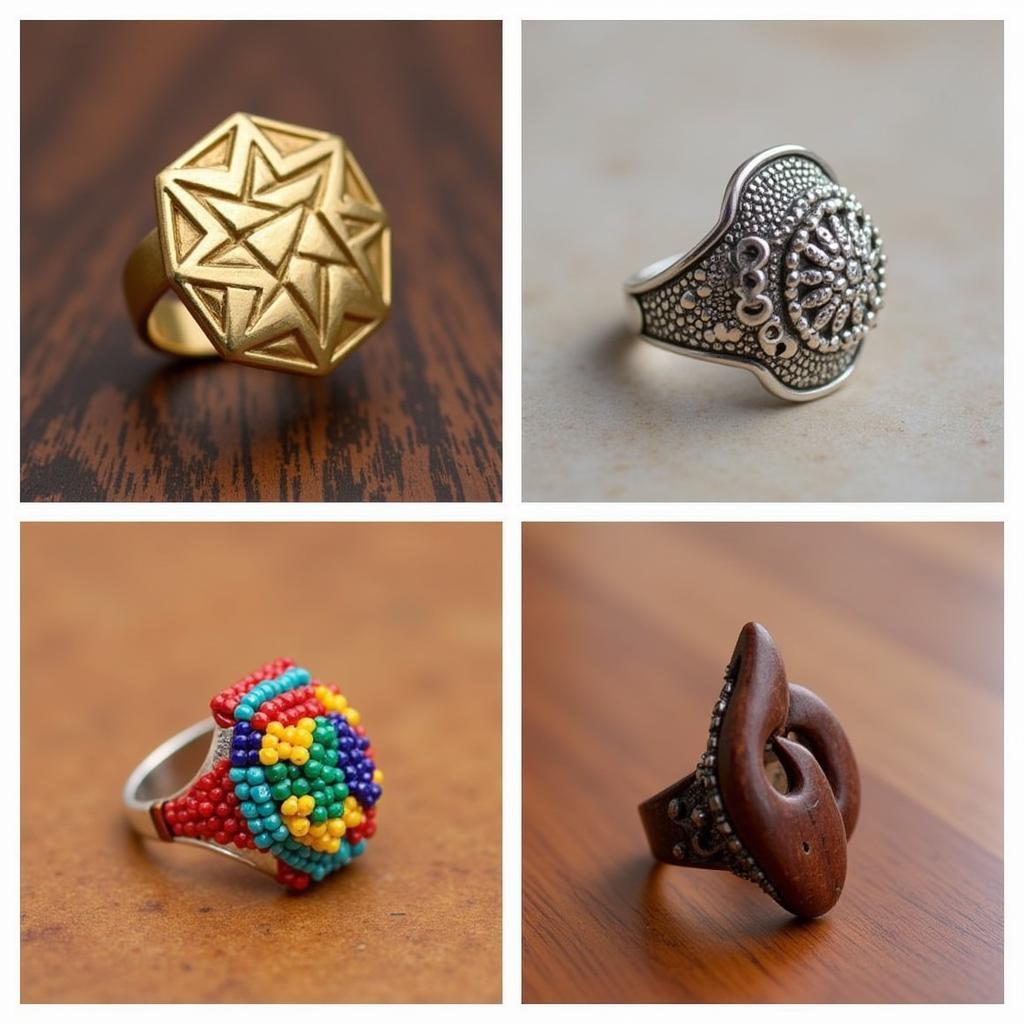African American Wigs for Alopecia: A Guide to Finding the Perfect Fit
African American Wigs For Alopecia are a crucial resource for those experiencing hair loss. Whether due to alopecia areata, traction alopecia, or other forms of hair loss, finding the right wig can restore confidence and provide a sense of normalcy. This guide explores the unique considerations for African American hair, offering advice on choosing, styling, and caring for wigs designed specifically for this hair type.
Understanding Alopecia in the African American Community
Alopecia can be particularly challenging for African Americans, given the cultural significance of hair within the community. Hair is often seen as a symbol of beauty, identity, and even social status. Losing it can be emotionally devastating, impacting self-esteem and mental well-being. It’s important to address the emotional impact alongside the practical aspects of finding a wig. Seeking support groups or therapists specializing in hair loss can be invaluable.
Types of Alopecia Affecting African Americans
Several types of alopecia commonly affect African Americans, including:
- Traction Alopecia: Caused by tight hairstyles that pull on the hair follicles, such as braids, weaves, and extensions.
- Alopecia Areata: An autoimmune disorder that causes patchy hair loss.
- Central Centrifugal Cicatricial Alopecia (CCCA): A type of scarring alopecia that primarily affects women of African descent.
Understanding the cause of your alopecia can help you choose the most suitable wig and treatment options.
Choosing the Right African American Wig for Alopecia
Choosing the right wig is a personal journey. Consider these factors when selecting an African American wig for alopecia:
- Hair Texture: African American hair varies widely in texture, from tightly coiled to loosely curled. Choose a wig that matches your natural hair texture or a desired style. Options include kinky, coily, curly, and wavy textures.
- Cap Construction: The cap construction determines the wig’s comfort and how it fits on your head. Popular options include lace front wigs, monofilament wigs, and full lace wigs.
- Hair Fiber: Human hair wigs offer the most natural look and feel, allowing for versatile styling. Synthetic wigs are a more affordable option and require less maintenance.
- Length and Style: Choose a length and style that complements your face shape and personal preferences.
- Color: Select a color that matches your natural hair color or experiment with a new shade.
Human Hair vs. Synthetic Wigs: Which is Right for You?
Human hair wigs offer unparalleled realism and styling versatility, but they come with a higher price tag. Synthetic wigs are more budget-friendly and easier to maintain, but they have a shorter lifespan.
Styling and Maintaining Your African American Wig
Proper styling and maintenance are crucial for extending the life of your wig and keeping it looking its best.
- Washing: Wash your wig gently with specialized wig shampoo and conditioner. Avoid rubbing or twisting the hair.
- Styling: Use heat styling tools sparingly on human hair wigs. Synthetic wigs are generally not heat-resistant.
- Storage: Store your wig on a wig stand or mannequin head to maintain its shape.
Tips for a Natural Look
- Choose a wig cap that closely matches your skin tone.
- Secure the wig properly to prevent slippage.
- Style the wig to blend seamlessly with your natural hairline.
Embracing Your Beauty with Alopecia
Alopecia can be a challenging experience, but it doesn’t have to define you. Embracing your beauty with alopecia means accepting your hair loss and finding ways to feel confident and comfortable in your own skin. A wig can be a powerful tool in this journey, allowing you to express your personal style and reclaim your sense of self.
Conclusion
Finding the perfect African American wig for alopecia is about more than just covering hair loss; it’s about restoring confidence and embracing your unique beauty. By understanding the different types of wigs, choosing the right fit, and practicing proper care, you can find a wig that empowers you to feel your best. Remember, your journey with alopecia is unique, and there are resources and support available to help you along the way. Choosing a wig is a significant step towards reclaiming your confidence and embracing your beauty.
FAQ
- What is the best wig cap for sensitive scalps?
- Can I swim while wearing my wig?
- How often should I wash my wig?
- Where can I find affordable African American wigs?
- What are the different types of synthetic hair fibers?
- How do I measure my head for a wig?
- Can I dye a human hair wig?
Common Scenarios and Questions
-
Scenario: A woman experiencing postpartum hair loss is looking for a temporary wig solution.
-
Question: What type of wig is best for temporary hair loss?
-
Scenario: A teenager with alopecia areata wants a wig that looks natural and undetectable.
-
Question: What is the best wig cap construction for a natural look?
Further Reading and Resources
- Find out more about different types of alopecia.
- Explore wig styling tips and tutorials.
Call: +255768904061, Email: [email protected] or Visit: Mbarali DC Mawindi, Kangaga, Tanzania. We have 24/7 customer support.

